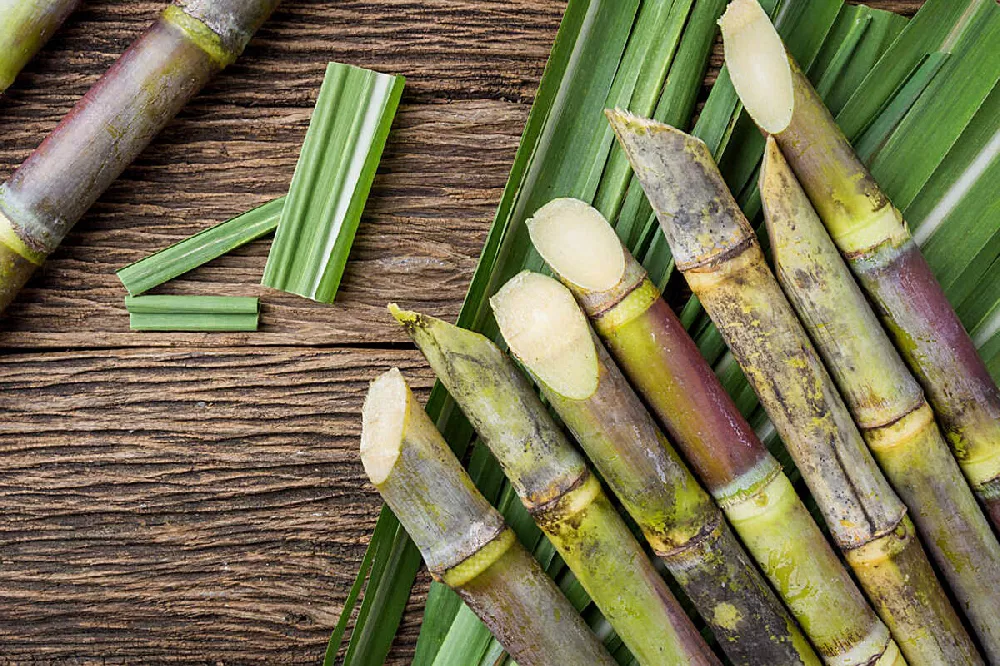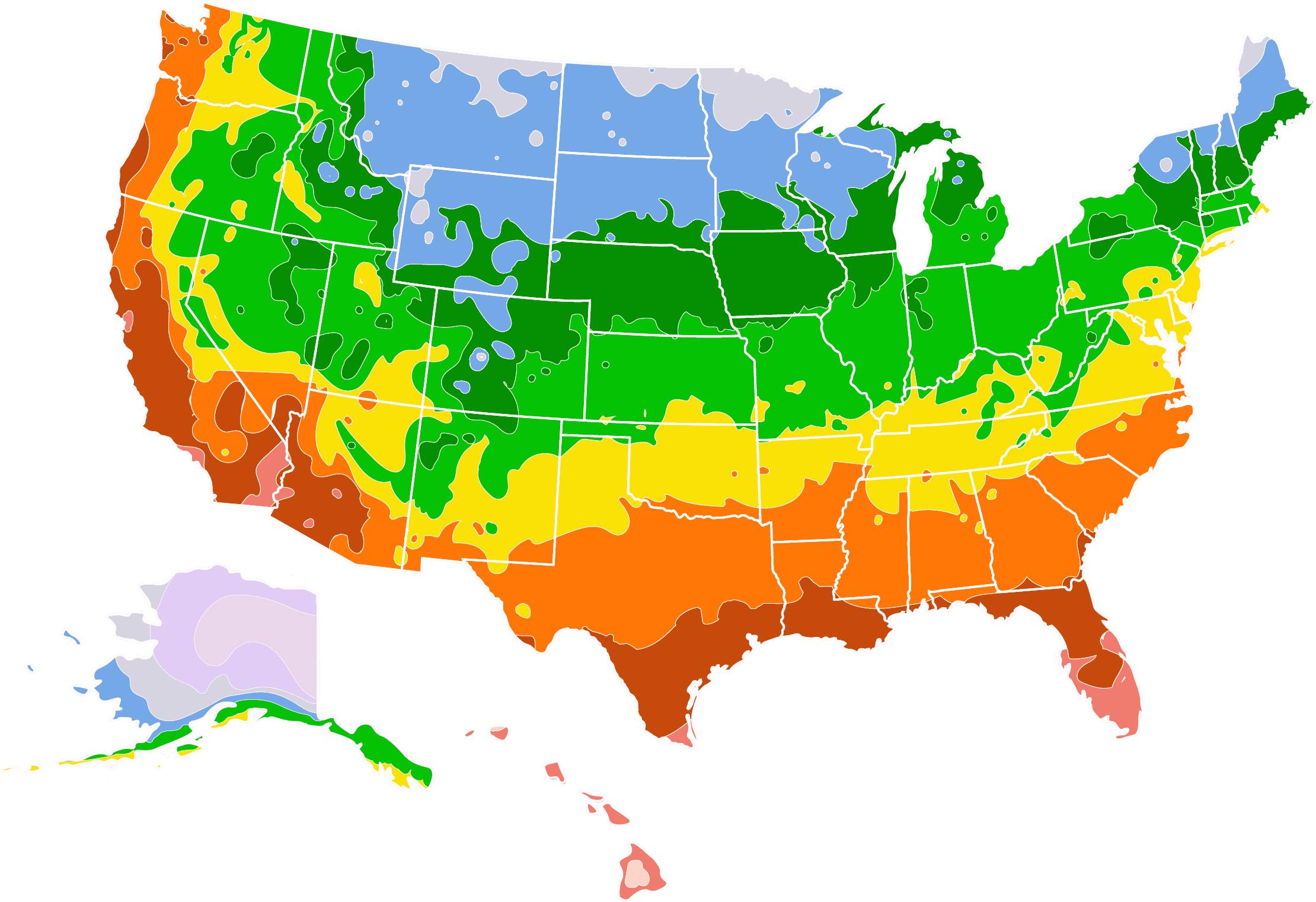- Home >
- Bamboo Trees >
- Sugar Cane
Sugar Cane for Sale - Buying & Growing Guide
Saccharum officinarum is the plant responsible for giving us most of the sugar and molasses that we use to sweeten our foods. Commonly called sugar cane, this plant develops stalks that can be as tall as 20 feet and carry the sap that eventually becomes the granulated sugar that you're familiar with. Beyond being a vital cash crop, sugar cane also has uses in landscaping. It can grow quickly and densely to give you privacy. In late summer, this plant blooms with upright clusters of flowers.
- Sap from this plant is the key source of commercial sugar.
- Sugar cane grows with tall stalks and long leaves, sometimes resembling bamboo.
- Can provide privacy and lovely flowers.
Enter your zip code to find nearby stores that may carry this plant.
Plant Care
Sunlight

Requires full sun exposure every day.
Watering
Water needs are high. Keep soil moist by watering once or more per week.
Fertilizing

Use a nitrogen-rich fertilizer each month during the growing season.
Planting and Care
Planting instructions
You can grow new sugar cane plants by burying sugar cane stems directly in the ground. Start by finding the right location. Your site should have full sun exposure every day. It should also have nutrient-rich soil that is reasonably loose. Dig a furrow or small trench that is a few inches deep, lay your sugar cane stems in the trench horizontally, and cover them with soil. Keeping the soil wet during planting is an excellent way to meet your sugar cane’s high water needs from the get-go.
Watering and nutrients
Sugar cane is a crop that requires a lot of water compared with others. Because this plant grows best in regions where it is consistently hot and humid, you’ll need to water your sugar cane weekly to keep it healthy. About 1 inch of water or more is what you should aim to provide.
Sugar cane responds well to fertilizer applications that include a lot of nitrogen. Consider applying fertilizer once per month to your plant during the growing season.
Pests, diseases, and animals
Sugar cane plants can experience both fungal and bacterial infections, including sugar cane smut disease, leaf scald, and others. However, there are some sugar cane plants that have disease resistance.
Pest infestations may also be an issue for anyone growing sugar cane. Sugar cane grubs, sugar cane borers, and other insects all use this plant as a host. Aphids, spider mites, and lace bugs have been known to cause some of the worst damage to sugar cane crops.
Harvesting
Harvest your sugar cane in the late fall, allowing the stalks to reach their full mature size. Make sure you use a sharp machete or another large blade to cut the stalks as close to the ground as you can.
Before you proceed to process your sugar cane, take time to remove the leaves and clean the stalks as well. Then you can chop each of your long stalks into smaller pieces that are easier to handle.
Achieving maximum results
Growing sugar cane successfully is all about understanding the conditions in which it thrives. The tropics are the ideal location for this plant, as that is where it can receive plenty of sunlight and humidity and take advantage of a long growing season. If you can’t provide that setting, try growing sugar cane as an annual or overwintering it during the cold months.
If you grow sugar cane for the sake of harvest, know that frost will decrease your yields significantly. While you should harvest late in the growing season, waiting too long is often detrimental.
FAQs
How fast does sugar cane grow?
Sugar cane plants are known to grow very fast. Consider that a single sugar cane stalk can grow between 10 and 20 feet tall in as little as 12 months. The growth rate of individual sugar cane plants depends on their growing conditions.
Where does sugar cane grow?
Sugar cane grows in the tropical and subtropical regions. This means that there are relatively few locations in the U.S. where this plant can survive outdoors. Florida, Hawaii, and Texas are the most prominent of those places. Outside of the U.S., sugar cane is exceptionally common in Brazil, countries in Southeast Asia, and many Pacific Islands. However, if you live outside of those places, you can bring your sugar cane indoors to keep it alive in winter.
How does sugar cane become sugar?
Sugar cane creates a form of sugar known as sucrose as it grows. The plant stores that sugary substance in its fibrous stalks. After harvest, sugar producers extract the sucrose from the stalks by crushing pieces of the cut stalk to separate the sugary liquid inside. They then refine that material into sugar to be used in a wide range of foods and products.
Compare Similar Products
You can't add more Product Name - Product size to the cart.
OK








